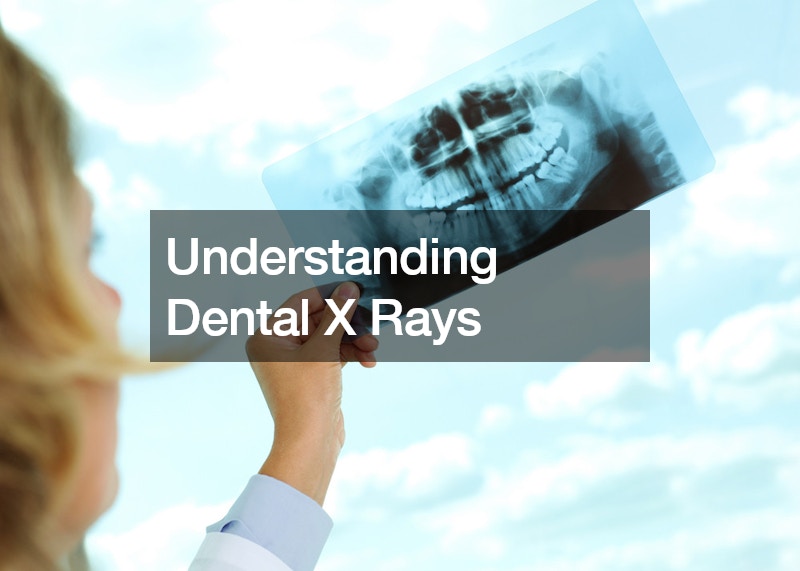
Dental X-rays are a fundamental tool in modern dentistry, providing invaluable information that is not visible during a regular dental examination. These X-rays allow dentists to diagnose, plan, and treat dental issues effectively, ensuring better dental health. Understanding how they work, the types available, and their safety can help alleviate any anxieties about their use.
What are Dental X-Rays?
Dental X-rays are a type of imaging that uses low levels of radiation to capture images of the interior of your teeth and gums. This helps dentists to identify problems such as cavities, tooth decay, impacted teeth, and jawbone damage.
The images provide a comprehensive view of the mouth, highlighting contrasts between the different densities of tissues, from the hard (teeth and bone) to the soft tissues around them.
Types of Dental X-Rays
There are several types of dental X-rays, each serving different purposes:
Bitewing X-rays: These show details of the upper and lower teeth in one area of the mouth. Each bitewing shows a tooth from its crown to the level of the bone. They are commonly used to detect decay between teeth and changes in bone density caused by gum disease.
Periapical X-rays: These focus on two complete teeth from root to crown. They are useful for detecting abnormalities in the root structure and surrounding bone structure.
Panoramic X-rays: These provide a broad view of the entire mouth area, capturing all the teeth in both upper and lower jaws. They are particularly useful for planning treatments such as braces, implants, and extractions.
Occlusal X-rays: These are larger and show full tooth development and placement. Each X-ray reveals the entire arch of teeth in either the upper or lower jaw.
Safety of Dental X-Rays
The level of radiation exposure from dental X-rays is extremely low, especially with the advancements in digital technology, which reduces radiation exposure by about 50% compared to traditional film X-rays. Protective measures such as lead aprons can be used to minimize exposure to the abdomen and thyroid areas during the procedure.
Dentists adhere to the ALARA principle (“As Low as Reasonably Achievable”), which means they strive to reduce exposure to radiation as much as possible, ensuring that they only take X-rays when necessary for diagnosis or treatment planning.
Benefits and Risks
The benefits of dental X-rays are substantial. They help dentists detect problems early on, which can save money, prevent discomfort, and, more importantly, save teeth and gums from advanced diseases. The risk from radiation exposure is minimal, but it’s still essential for patients to discuss their health history and concerns with their dentist to make informed decisions about the use of X-rays in their dental care.
In conclusion, dental X-rays are a crucial diagnostic tool in dentistry. They provide critical insights that aid in the effective management and treatment of various dental conditions. With the advancements in technology and strict safety protocols, the benefits of dental X-rays far outweigh the risks associated with radiation exposure.
Watch the video above to learn more about dental x rays near Minneapolis and other areas! .

